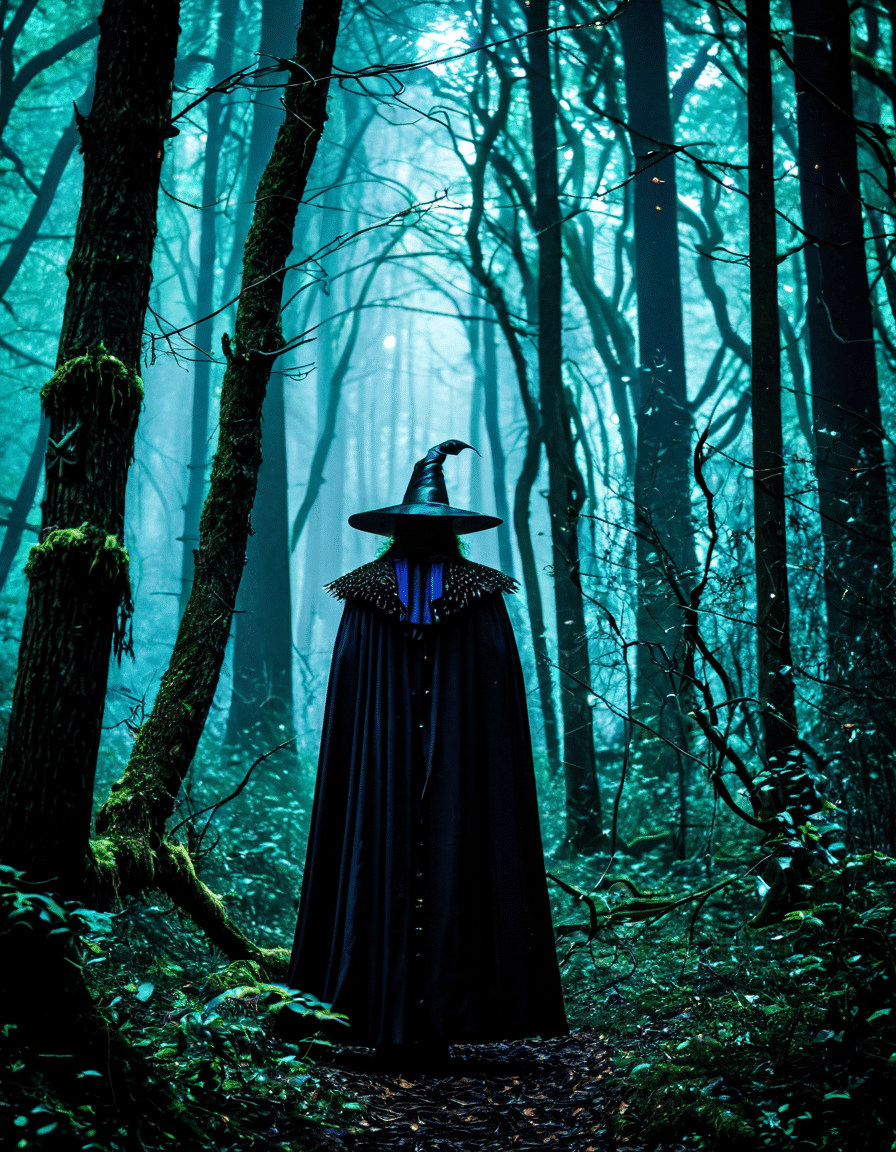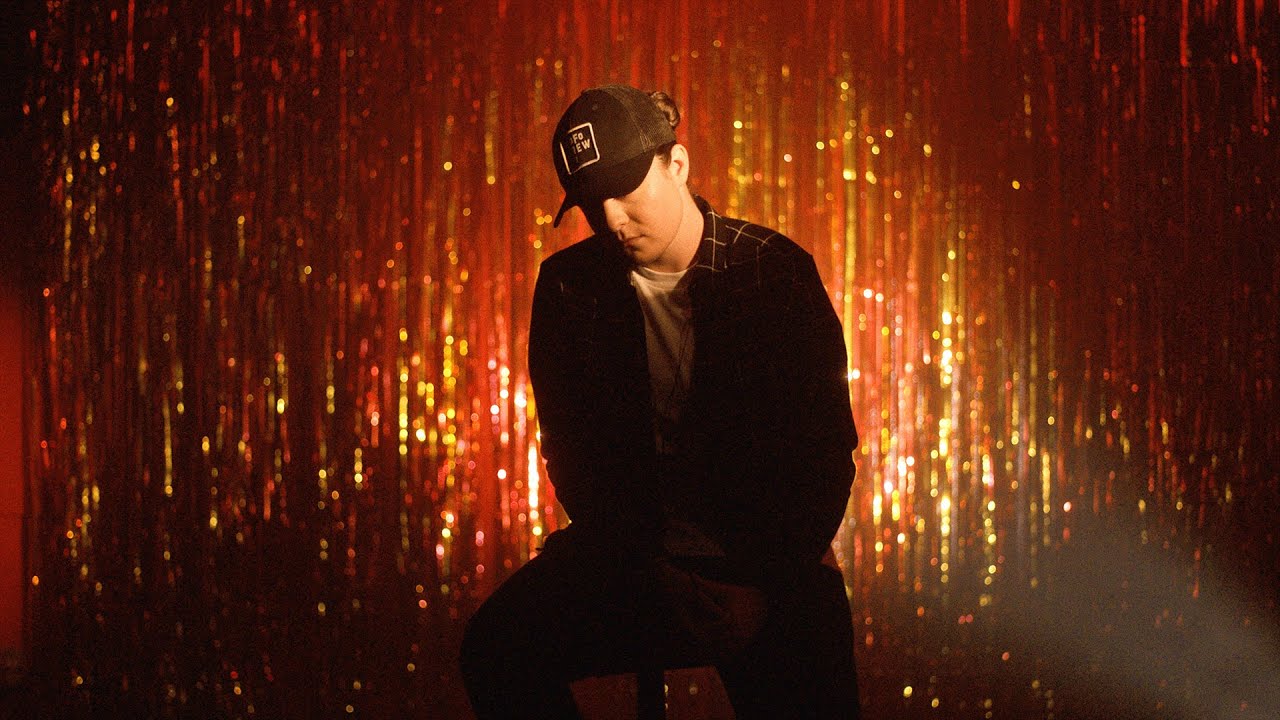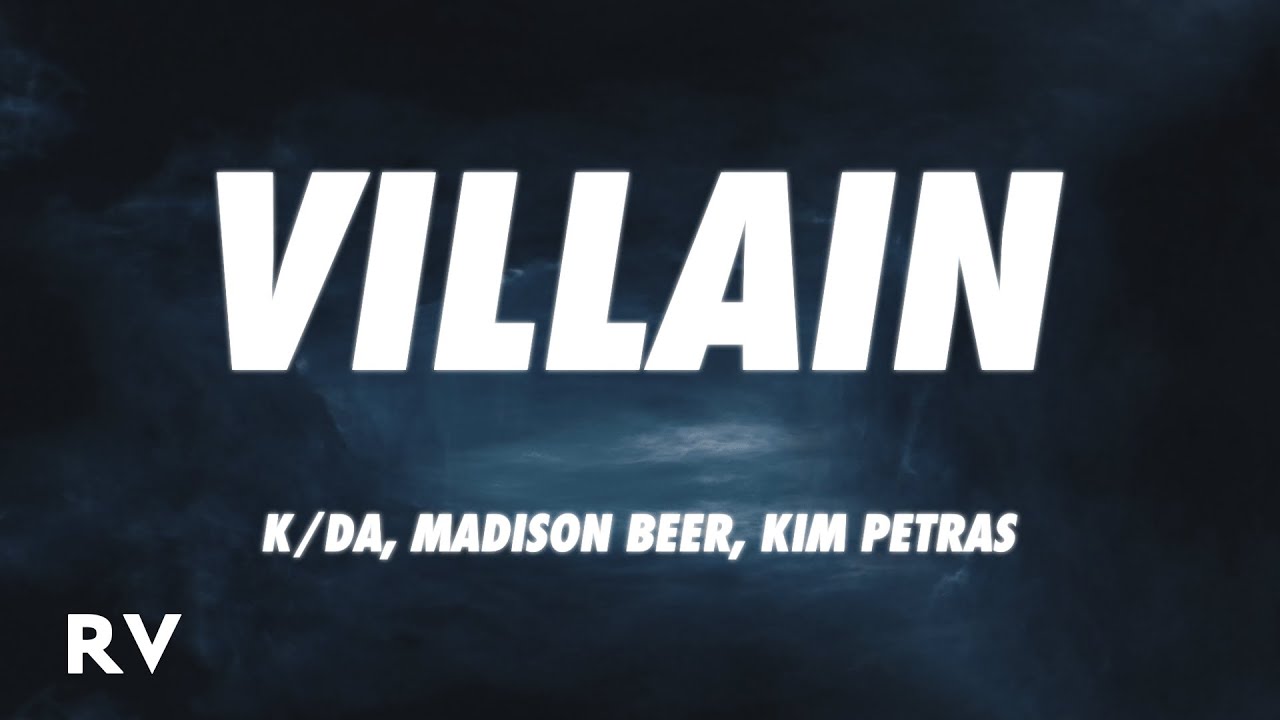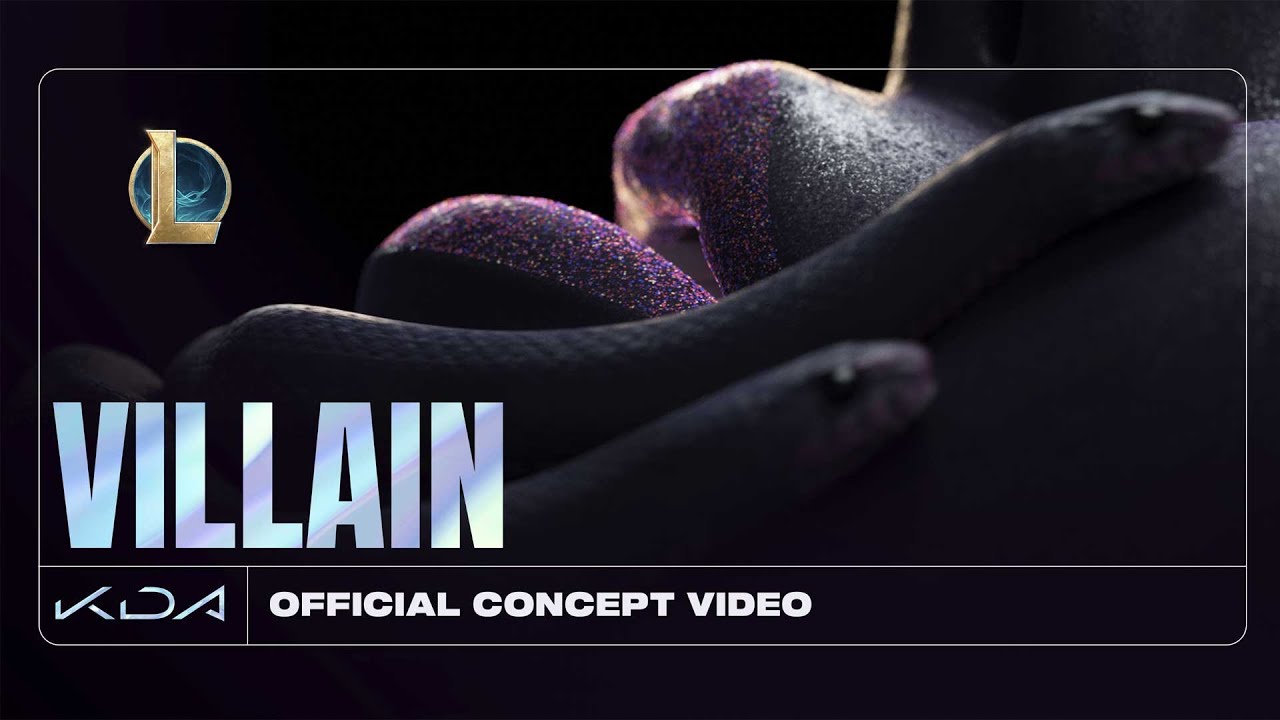Villains have always captivated our cinematic hearts, serving as mirrors that reflect our fears and desires. These characters dictate the ebb and flow of dramatic tension, pulling audiences into their twisted psyches. Whether you’ve cheered at their triumphs or grimaced at their despicable deeds, exploring a villain’s motivations can elevate your understanding of cinema. Buckle up, movie nerds! It’s time to dive into the darker side of storytelling and uncover the secrets behind some of the silver screen’s most infamous villains.
1. Top 7 Villains from Screen and Literature and Their Deepest Motivations
1.1. Darth Vader (Star Wars franchise)
You can’t talk about villains without mentioning Darth Vader. Once a promising Jedi Knight, Anakin Skywalker fell to the dark side fueled by fear and loss. His motivations aren’t just about power—they’re rooted in a desperate need to control his fate. This tragic backstory shapes his actions, revealing how love can morph into obsession. Vader’s struggle resonates with anyone who’s faced their own demons, making him one of cinema’s most complex characters.
1.2. Heath Ledger’s Joker (The Dark Knight)
When Heath Ledger embodied the Joker, he flipped the script. His motivation? Chaos itself. The Joker thrives on unpredictability and believes that introducing a little anarchy can dismantle societal norms. His chilling laughter and penchant for destruction serve as a sinister reminder of what humanity can become when stripped of all moral foundations. People love the Joker not just for his madness, but for how he challenges us to question our own understanding of good and evil.
1.3. Walter White (Breaking Bad)
Ah, Walter White—the quintessential “everyman turned evil.” Starting as a mild-mannered chemistry teacher, his terminal cancer diagnosis propelled him into the drug trade. Walter’s motivation shifts dramatically from providing for his family to a thirst for power and recognition. His evolution from Mr. Chips to Scarface is a cautionary tale about how desperation can warp one’s ethics. Each choice pushes him deeper into villainy, blurring the lines we often take for granted between right and wrong.
1.4. Cersei Lannister (Game of Thrones)
In a world dominated by politics and power games, Cersei Lannister stands out. She’s fiercely protective of her family, driven by betrayal and loss. Her ruthless ambition stems from a desire for control, a response to the patriarchal system that has stifled her every endeavor. Just like many of us, her motives are fueled by past trauma, showing how personal histories can ignite a fire in even the most unyielding characters. Cersei’s journey invites us to consider just how far we would go to protect those we love.
1.5. Sauron (The Lord of the Rings)
Sauron represents the very essence of evil. His motivation lies in his quest to dominate Middle-earth using the One Ring as a tool of control. He embodies themes of corruption and tyranny that resonate throughout time, reflecting how power can corrupt absolutely. Through Sauron, audiences confront their fears of authoritarianism and societal breakdown. Although an embodiment of evil, he serves as a reminder to always question the sources of power that shape our hero narratives.
1.6. Norman Bates (Psycho)
Norman Bates might just chill your bones. His complex motivations spring from childhood trauma and a fractured psyche. The eerie duality of his character reveals the dark impact of family on mental health, challenging us to ponder the effects of nurturing—or lack thereof. Hitchcock’s portrayal serves as a psychological case study, inviting discussions about the nuances of nature versus nurture. Norman’s chilling story makes us realize that sometimes, the scariest villains might be hiding behind a familiar face.
1.7. Magneto (X-Men)
Magneto’s tragic origin story as a Holocaust survivor infuses him with a depth rarely seen in villains. His motivations arise from deep-seated fears for mutant survival and a profound understanding of oppression. This character challenges us to grapple with moral dilemmas concerning vengeance and justice while advocating for his people. Magneto exemplifies how prejudice can birth villainy, drawing a fine line between heroism and villainy in the fight for equality.

2. Psychological Underpinnings: Understanding Villainous Behavior
The veneer of villainy often Masks a rich tapestry of psychological motivations. Understanding these underpinnings leads us to find empathy—or at the very least, a semblance of understanding—for their actions. It’s crucial to recognize the experiences that shape these villains into who they become.
2.1. The Role of Trauma in Shaping Villainy
Many villains emerge from profound trauma that distorts their worldview. Psychological theories suggest unresolved trauma can morph into harmful coping mechanisms. Anakin Skywalker’s downfall illustrates this concept perfectly; his early experiences lead him down a path of darkness. Analyzing these traumas adds richness to the narrative, revealing the pain often behind the laughter—or in Sauron’s case, the looming shadow.
2.2. The Influence of Power Dynamics
Villains don’t exist in a vacuum; they are products of their societal landscapes. Take Cersei Lannister, for instance. Her unbridled thirst for power grows out of a patriarchal society that continuously dismisses her contributions. This highlights the key point that societal structures can inflate villainous behavior. It’s a chilling reminder that sometimes, the greatest villains are in positions of power, subtly influencing the very fabric of society.
2.3. The Allure of Ideology
Characters like Magneto demonstrate how deeply rooted ideologies fuel villainy. After enduring horrific discrimination, his quest for mutant supremacy stems from a desire for justice at any cost. This willingness to embrace radical solutions underscores how ideological motivations can shatter moral boundaries. Magneto’s journey acts as a reflection of society’s own struggles with prejudice—an unsettling but vital conversation starter.
3. The Societal Reflection of Villainous Archetypes
Villains often personify societal fears and anxieties, giving us a clearer view of the cultural landscape. When we explore various villain archetypes, we unveil the broader narratives surrounding our lives and times.
3.1. The Fear of the Other
Think of Sauron—he embodies the anxiety surrounding the idea of the ‘other,’ encapsulating fears of external threats. This archetype reveals collective fears about difference during an era rife with conflict. Whether set against a backdrop of racial tension or political upheaval, villains become the scapegoats that force us to confront our biases and prejudices. Through their lens, we can examine modern societal challenges more closely.
3.2. The Corruption of the Hero
Heroes sometimes stumble into villainy, reflecting the thin line between good and evil. Walter White started as relatable, but his increasing moral decay serves as a stark reminder of how quickly someone can fall. This evolution invites introspection regarding our own moral choices. After all, aren’t we all capable of crossing that line under the right circumstances? Examining these blurred lines offers opportunities for audiences to reflect on their choices and inherent complexities.

Exploring the Shadows: Final Thoughts on Villain Motivations
Villains transcend mere narratives; they encapsulate our deepest fears, desires, and moral dilemmas. By examining their psychological and societal motivations, we dig deeper into the human condition. These explorations prompt us to confront our own shadows, linking audience reflections back to the stories we cherish.
Every encounter with a villain not only enriches the narrative; it also nudges us toward introspection and growth. So the next time you root for the underdog or hiss at the antagonist, remember—it’s these villainous motivations that complete the cinematic tapestry we adore. With each act of transformation, villains teach us about the gray areas of morality, revealing that the darkest motivations can sometimes illuminate our path to self-discovery.
As we stroll through our beloved cinematic worlds, let’s embrace the complexity of these characters, understanding that villain motivations can often be as intriguing—and relatable—as the heroes we admire.
Villain Secrets Behind Their Darkest Motivations
The Early Oddities of Villainy
Often, a villain’s backstory holds the key to understanding their darker motivations. For instance, take a look at the fascinating contrast in stories that start from nothing, like in the case of the character from Rags—their rise to power is frequently paved with tragic circumstances. This leads to the classic trope of the villain coming from humble beginnings, often filled with strife. Just like how some heroes get their kicks from a good adventure, villains like Clark might find their ambitions fueled by a personal vendetta or a twist of fate that left them bitter.
Relatable Realities and the Quest for Power
You might be surprised to know that some villains, like those portrayed by Davis, are often reflective of real societal issues. These characters tap into our fears and frustrations, echoing the chaotic energy of our times. For example, in the film featuring Ed Oxenbould, viewers see a villain whose journey is shaped by loss, connecting audiences on a deeper level. In his quest for power, the character showcases how relentless ambition and a desire for control can spiral out of hand. It’s a stark reminder that the line between hero and villain can be rather thin, especially when gripped by passions like revenge or greed.
The Unlikely Inspirations
Surprisingly, the traits we associate with some well-known villains, such as narcissism or charm, hint at the struggle many face in their paths. The character derived from Chanell Heart truly exemplifies this, displaying traits that play on our basic instincts to either trust or fear. As they embark on their mission, the themes often resonate with first-time home buyers, much like the first time home buyer grant in Ohio, revealing the deep-rooted human emotions of longing for safety and belonging, yet blurring the lines in their pursuit. It’s this conflicting desire that drives many villains to commit heinous acts, leaving audiences both intrigued and horrified at their choices.
When delving into the psyche of these compelling characters, it becomes clear that their darker motivations are a reflection of our own struggles and desires. Villains may seem like mere obstacles for heroes, but they often serve as mirrors to our human experience, making their stories all the more powerful.








